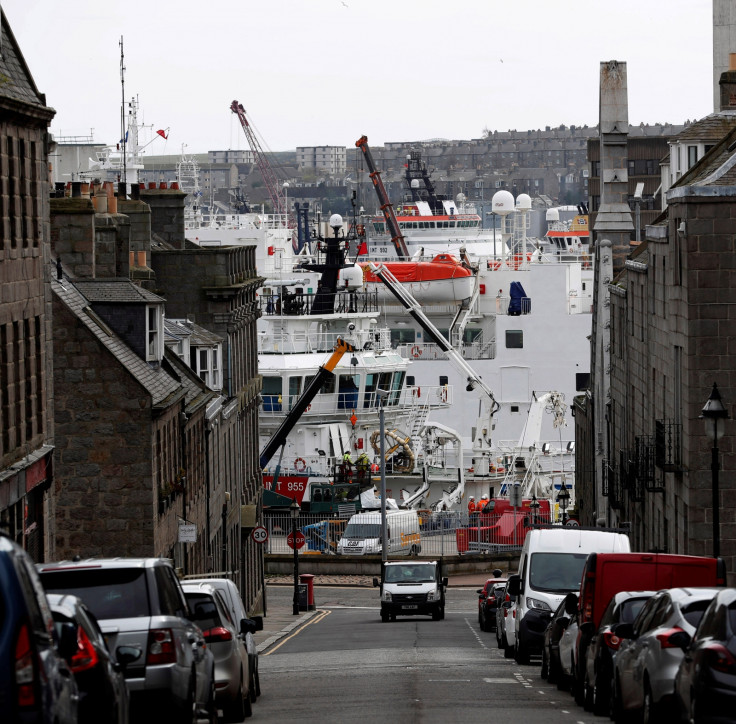Scotland's economy projected to grow at half the rate of the UK
The latest EY report projectes Scotland's non-oil GDP will grow by 0.9% during 2017.

The latest EY Scottish ITEM Club report projected that Scotland's non-oil GDP will grow by 0.9% during 2017, making it half of the UK's total growth rate of 1.8%.
Brewing trouble in the consumer sector has been discovered as the underpinning factor to Scotland's sluggish growth. A combination of rising inflation, weak labour market, and government welfare reforms aimed low-income households is expected to cause a fall in real income within households. This would in turn slow the increase in the region's consumer spending to 1% for 2017, compared to a five-year average annual rate of 2.3%.
The Scottish retail sector will be most particularly hit by the slowdown in consumer spending, with growth projected to slow to 1.1% in 2017 from 2.4% in the previous year.
Employment is expected to continue to fall this year in Scotland. The employment rate is forecast to fall by 0.1% in 2017, with a further contraction of 0.5% and 0.3% in 2018 and 2019, respectively. Around 24,000 jobs are expected to be lost within a three-year period.
The weaker pound could prove to be a blessing in disguise for the region's hospitality and manufacturing sector. A more favourable exchange rate could keep the economy buoyant due to demand by tourists and a reviving global trade.
Mark Harvey, Senior Partner at EY Scotland said a buoyant world economy was anticipated over the next few years which would provide a positive backdrop to the current adjustment processes.
"Seeking out opportunities to benefit from this global growth is an imperative as the Brexit trade negotiations offer potential upsides where favourable new trading arrangements can be secured.
"At a time such as this, focusing on constructive dialog and policies which maximise Scotland's position will define the country's position on the world stage for many years to come," he said.
© Copyright IBTimes 2025. All rights reserved.





















